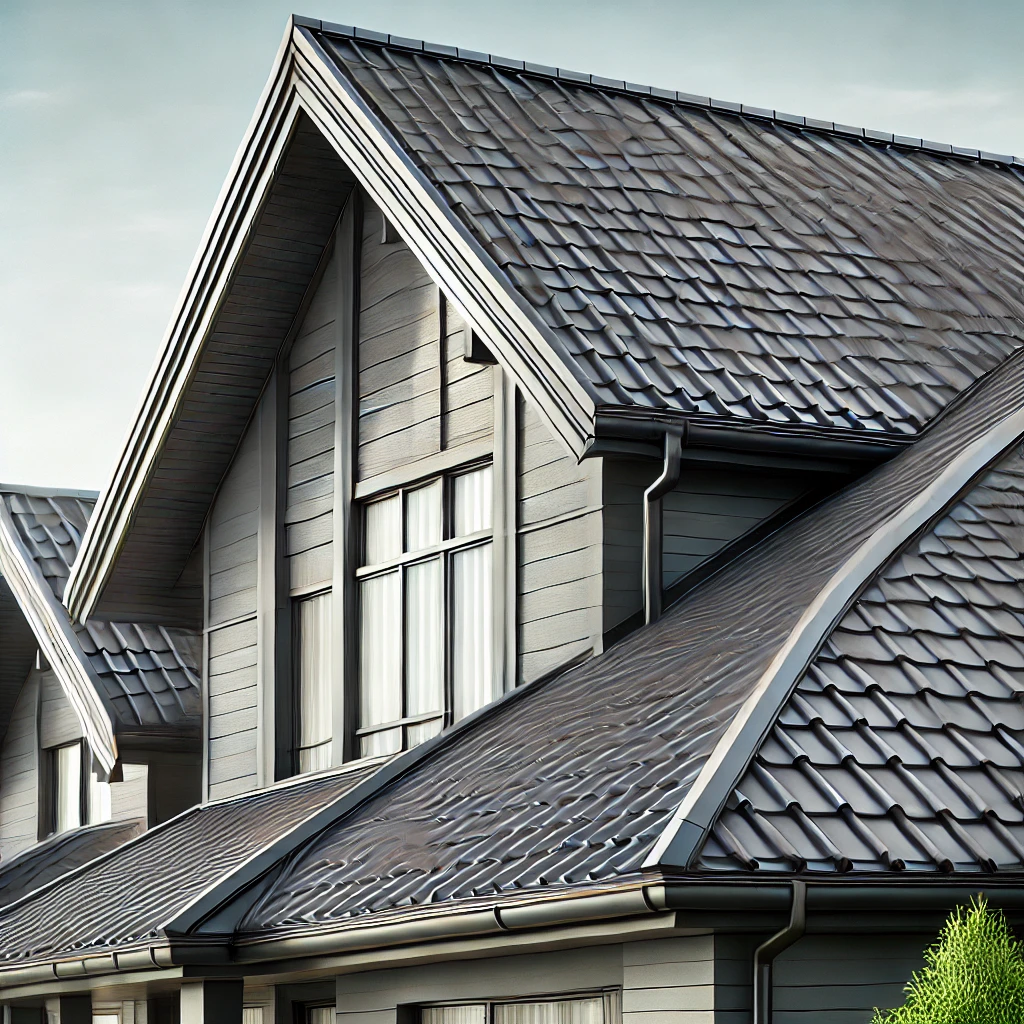Regular roof inspections are crucial for maintaining the integrity of your home. The roof is one of the most critical components of your house, protecting you from the elements and ensuring the structural stability of the entire building. However, many homeowners are unsure about how often they should inspect their roof and what to look for during these inspections. This article will guide you through the importance of roof inspections, how frequently they should be conducted, what signs to watch for, and how to carry out an effective inspection.
1. The Importance of Regular Roof Inspections
Your roof is constantly exposed to weather conditions, including sun, wind, rain, snow, and ice. Over time, these elements can cause wear and tear, leading to potential damage that, if left unchecked, can result in costly repairs or even the need for a complete roof replacement. Regular inspections help you catch problems early, extend the lifespan of your roof, and maintain the value of your home.
a. Preventing Major Damage
Small issues, such as loose or missing shingles, minor leaks, or clogged gutters, can escalate into significant problems if not addressed promptly. Regular inspections help identify these issues early, allowing you to take action before they worsen.
b. Extending Roof Lifespan
By addressing minor problems as they arise, you can significantly extend the life of your roof. Regular maintenance and timely repairs ensure that your roof remains in good condition, reducing the need for premature replacement.
c. Preserving Home Value
A well-maintained roof is a key factor in preserving your home’s value. If you plan to sell your house, a roof in good condition is a significant selling point and can improve the curb appeal of your property.
d. Meeting Insurance Requirements
Many insurance policies require regular roof inspections as part of their terms. Failing to inspect and maintain your roof could lead to denied claims if damage occurs, especially after a major storm.
2. How Often Should You Inspect Your Roof?
The frequency of roof inspections depends on several factors, including the age of your roof, the type of material, your local climate, and whether your area experiences severe weather. Here are some general guidelines to help you determine how often to inspect your roof:
a. Biannual Inspections
A good rule of thumb is to inspect your roof twice a year—once in the spring and once in the fall. These inspections allow you to check for any damage that may have occurred during the winter months and prepare your roof for the upcoming season.
b. Post-Storm Inspections
After a severe storm, it’s essential to inspect your roof for damage. High winds, hail, heavy rain, and falling debris can all cause significant harm to your roof, even if the damage isn’t immediately apparent. Conducting an inspection after a storm can help you catch issues like torn or missing shingles, damaged flashing, or leaks that could lead to more significant problems if left unchecked.
c. Annual Professional Inspections
While regular self-inspections are important, it’s also advisable to have a professional roofing contractor inspect your roof at least once a year. Professionals have the experience and tools necessary to identify problems that may not be visible to the untrained eye, such as issues with the roof’s structure, hidden leaks, or damage to the underlayment.
d. Roof Age and Material Considerations
The age of your roof and the material it’s made from can also affect how often you should inspect it. Older roofs, or those made from materials with a shorter lifespan, may require more frequent inspections. For example, an asphalt shingle roof over 15 years old should be inspected more regularly, as it may be approaching the end of its lifespan. In contrast, a metal or tile roof, which can last much longer, may not need as frequent inspections, especially if it’s relatively new.
3. What to Look for During a Roof Inspection
Knowing what to look for during a roof inspection can help you identify potential issues early. Here are some common signs of damage to watch out for:
a. Shingles
- Missing or Loose Shingles: Shingles that are missing or not securely attached can leave your roof vulnerable to leaks and other damage.
- Curling or Buckling: Shingles that are curling or buckling are often a sign of aging or weather damage.
- Granule Loss: Asphalt shingles can lose granules over time, especially after a storm. Granules in your gutters or downspouts are a sign of this issue.
b. Flashing
Flashing is the material used to seal joints and edges around vents, chimneys, and skylights. Damaged or missing flashing can lead to leaks and should be repaired promptly.
c. Gutters and Downspouts
Clogged or damaged gutters can cause water to back up and damage your roof. During your inspection, make sure gutters are clear of debris and securely attached to the house.
d. Moss, Algae, and Mold
Moss, algae, and mold can grow on your roof, especially in areas with high humidity or shade. While they may not always cause immediate damage, they can retain moisture, leading to rot or deterioration over time.
e. Attic Inspection
Don’t forget to inspect your attic as well. Look for signs of leaks, such as water stains, mold, or damp insulation. Also, check for proper rafter support and ensure there’s adequate ventilation to prevent moisture buildup.
4. How to Conduct a Roof Inspection Safely
Roof inspections can be hazardous if not done properly. Here are some tips to ensure your safety:
a. Use the Right Equipment
Use a sturdy ladder with a stabilizer to access your roof. Wear rubber-soled shoes to prevent slipping, and consider using a safety harness if you’re climbing back onto the roof.
b. Avoid Walking on the Roof
Walking on your roof can cause crucial damage, especially if the shingles or tiles are already fragile. If possible, conduct your inspection from the ground using binoculars or by using a drone. If you must get on the roof, do so carefully and avoid stepping on the same spot multiple times.
c. Hire a Professional
If you’re uncomfortable with heights or unsure of your ability to inspect the roof safely, it’s best to hire a professional roofing contractor to do the job.


